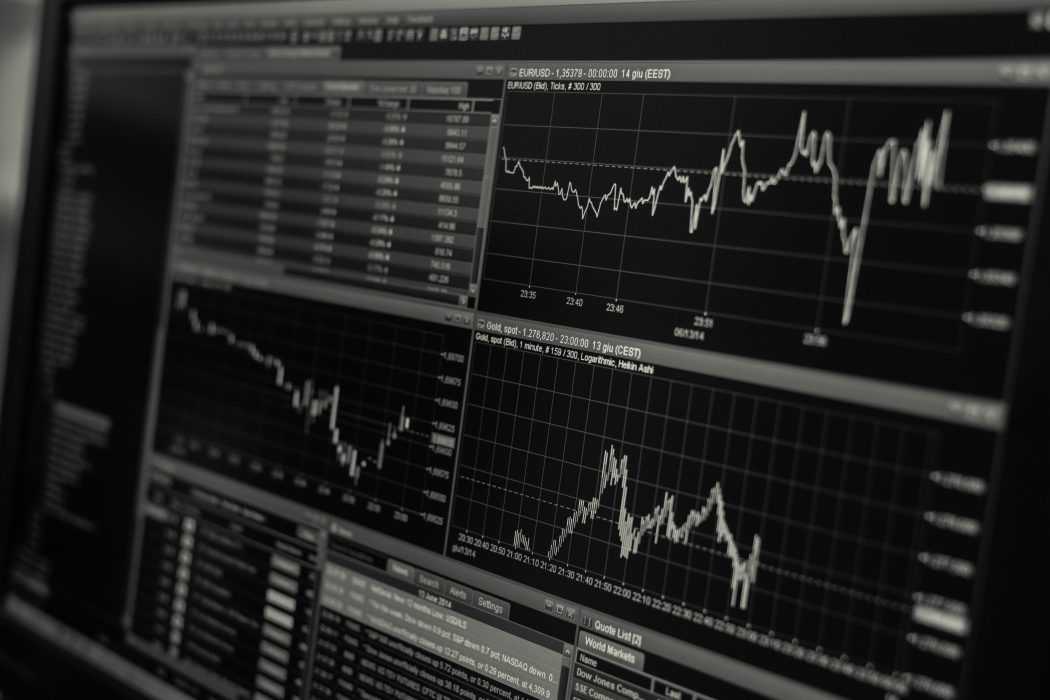Donald Trump speaks his mind on Twitter in an uncensored manner that we (and our markets) are not quite used to seeing from a world leader. With some more emotionally charged than others, his tweets are known for their brash and honest ideas, which tend to entertain and sometimes even frighten his audience. On May 6, he faithfully delivered again, adding a punch to his long-promised “trade war” with China by taking to Twitter to spurn the collapse of recent negotiations. The ripples caused by his broadcasts were even more far-reaching than usual.
With just two angry tweets, Donald Trump was able to completely disrupt a historic calm in global markets, which sent severe financial shockwaves through major stock markets and indices. His words, delivered through only 280 carefully selected characters at a time, described his disagreement with China’s reneged offerings in recently active trade talks. Over the last two weeks, China and the US have been threatening higher tariffs against each other, causing tension and uncertainty in the economic stability between the two countries. This caused the Volatility Index, a commonly used measurement of the expected performance of stocks and the risk of investing in regional markets, to jump by 43 percent. And while US, European, and other international markets have been down all week as a result of Trump’s open displeasure with China’s current approach to trade agreements, a more interesting effect of the president’s tweets has been their impact on China itself. In fact, the Chinese yuan took its biggest plunge in valuation against the dollar since 2016. Whether his tweets were an attempt to gain a more favourable position in trade talks or to specifically slow down China’s markets is unknown, but there is no doubt about their visible impact on the Chinese economy.
This latest up-and-down on the Trump coaster speaks to a broader trend to which global investors have begun to swiftly adapt: the increasing influence of social media activity on the health of financial markets.
The aforementioned effects cannot always be directly correlated or entirely attributed to Donald Trump’s unfiltered use of his Twitter account. There are rising tensions amid a trade war between the two countries, which is slowly beginning to scare the global economy in its own right. However, this latest up-and-down on the Trump coaster speaks to a broader trend to which global investors have begun to swiftly adapt: the increasing influence of social media activity on the health of financial markets. This attribution seems to be primarily related to the development of trade anxiety, which is a blanketed feeling of uncertainty and risk in general investments, resulting in a poorly performing market. This dangerous relationship is being observed in this week’s market performance, and has the potential to shatter global financial and economic stability.
In spite of this, it is clear that his rhetoric in the online world seems to serve a strategic purpose – one that is almost thoughtfully selected and implemented. Although Trump’s tweets are often easy to laugh at, there may be a finer motive embedded amongst the somewhat childish use of the caps lock and exclamation mark keys. In a textbook-like play of game theory, Trump’s announcements have rattled analysts and investors around the world, who are unsure of when his next tweet will send the markets into further turmoil.
In a world already dominated by social media, financial markets are becoming more fragile, dependent on information that is circulating through online networks. This is a challenge that investors wouldn’t have even blinked at ten years ago. Depending on the way one looks at it, the reactivity of social media places a more serious responsibility on global leaders and powerful institutions to tread carefully, or perhaps it does just the opposite; for the first time in history, social media could be understood as a tool, which major figures are utilising for the intentional manipulation of markets and stock valuations.
The utility of this tool does not only surface in the large-scale global markets, either. In 2013, major investor Carl Icahn’s tweet about Apple’s stock price raised the company’s market value by over $8 billion overnight. Conversely, Kylie Jenner’s tweet last year, which mentioned her lack of usage of Snapchat, decreased the company’s market value by $1.3 billion. Whether any of these examples actually intended to create such financial unrest is up for debate, but their impact is undeniable, time and time again. In fact, for some financial professionals, keeping up with the Twitter accounts of global leaders has become a part of standard investment strategies. While there is no way to account for the human element of what someone decides to push through to social media, there is now a previously unseen weapon for investors and public figures to brandish, which can hack and slash at specially targeted financial markets with the versatility of a Swiss Army Knife.
For the first time in history, social media could be understood as a tool, which major figures are utilising for the intentional manipulation of markets and stock valuations.
While social media can have both positive and negative consequences on the value of a particular stock, market, or economic sector, it stands that the consequences for any erratic behaviour from our world’s most influential figures have been gravely amplified. Global markets now have to prepare for an additional factor in any major collapse, given the right time, diction, and influencer. Trump’s actions stand out in a world where, generally, political leaders are diplomatic, calm, and gentle on their iPhones. Perhaps more should open their eyes to the potential he has so crudely tapped into, using social media’s strong impact on financial markets to intentionally create volatile ripples in the ponds that they wish to.








